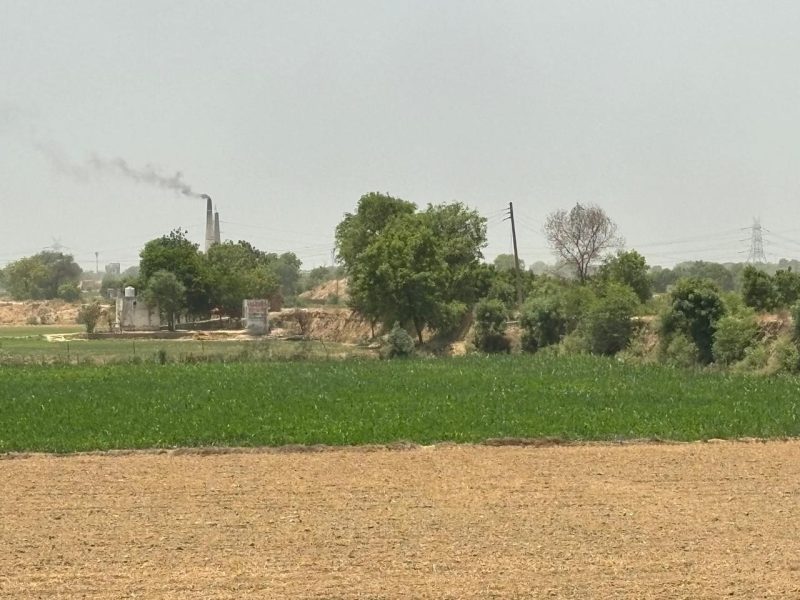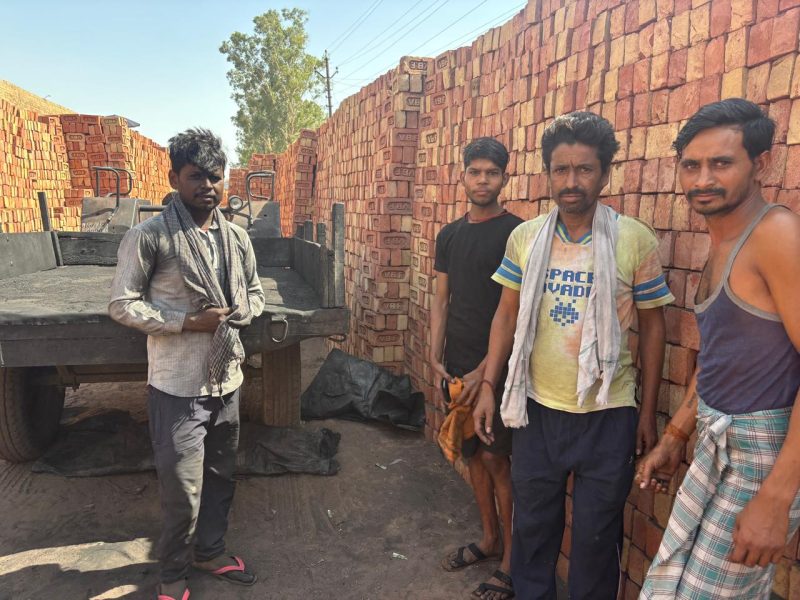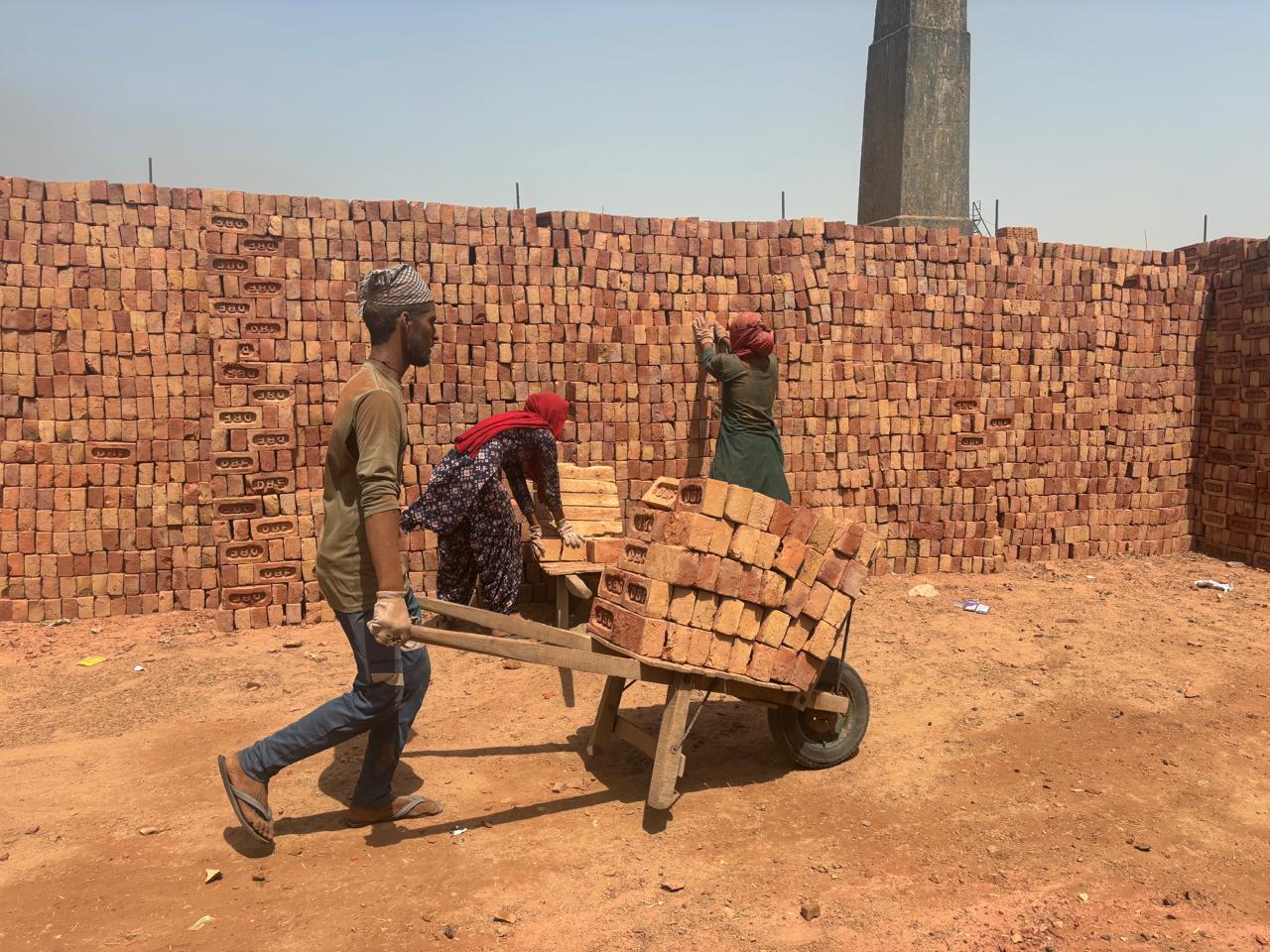Emissions controls are causing brick kilns to close, raising fears that migrant labourers – who lack social safety nets – will struggle to earn a living
On the outskirts of New Delhi, the four-month brick-making season is ending, and migrant worker Munna Majnu is preparing for the arduous 1,560-km journey home to Cooch Behar, in far northeastern West Bengal.
Majnu, 40, started labouring at the brick kiln in Uttar Pradesh’s Gautam Buddha Nagar district this year, when the previous one he worked at shut down after the government rolled out new rules – including a coal ban – to reduce heavy air pollution from the sector.
The green switch has been unaffordable for many kiln owners and has had a domino effect, with kilns closing one after the other in districts around the Indian capital.
“The kiln we were working at shut down and the owner sold his land to a builder,’’ said Majnu, adding that a house will be constructed there instead.
UN chief appeals for global action to tackle deadly extreme heat
Majnu had originally found work in the now closed kiln in the Ghaziabad district of Uttar Pradesh through a network of thekedars (contractors) back home, which helped him get his current job too.
“We did not lose a season of work when the kiln shut,” Majnu said. But there are concerns that things may become harder, with many labourers lacking access to social welfare.
Brick-making stops during the monsoon rains – when workers head home to their villages to work on the land, either on their own plots or as farmhands – and restarts at the end of the year.
Measures to ease air pollution
Brick kilns account for 6-7% of Delhi’s emissions of particulate matter, which contains black carbon (soot), according to government officials and researchers with India’s Centre for Science and Environment.
Since 2016, measures have been imposed on the kilns in stages, to cut pollution and help combat the capital’s toxic air. They include shifting the location of some kilns, mandating new, more energy-efficient technology, and last year banning the use of coal to fire the kilns.

Farm fields now line roads that cut through Ghaziabad district, in India’s Uttar Pradesh state, where brick kilns stood even until a few years ago, before many shut down due to new measures to cut air pollution. (Photo: Esha Roy/The Migration Story)
The effort is showing results alongside a range of other measures, with the air quality in Delhi having improved considerably. According to government data, the daily average air quality index in the capital fell from 225 in 2018 to 204 in 2023, showing lower levels of pollution.
But with no proper plans to help brick kiln owners and workers adjust to the changes in how they operate, the sector – which is among the country’s biggest employers, covering some 10 million workers – is floundering, labour rights experts and bosses said.
Unregistered workers
Saniya Anwar of non-profit The Climate Agenda, which advocates for a socially fair shift to clean energy, said most of the brick workers are unskilled, landless and change their phone numbers regularly, making it hard to register them.
“This in turn, means that they often fall outside the safety net of welfare schemes provided by the government for migrant workers,’’ Anwar added.
Like Majnu, Salam Hak, 29, also moved to Gautam Buddha Nagar when the kiln where he worked in Ghaziabad closed.
“We don’t have job cards (for work under the national rural employment guarantee scheme), so while we do daily wage (work) back home, it is not often easy to find,” Hak said.
“It’s the income from the kilns that sustains us through the year. There have been many kilns shutting, and we don’t know what will happen in the future – but we feel that there is no point worrying about it for now,’’ he said.

Hari Chand, 27 (first from left) and Shivam Rai 18 (second from left), hail from Chattarpur in Madhya Pradesh and work at a kiln in Uttar Pradesh’s Baghpat. While kiln owners in Baghpat said the sector is struggling with the new green norms, in this region, kilns have not shut down yet nor has labour been laid off. (Photo: Esha Roy/The Migration Story)
The 22 districts of the Delhi-National Capital Region are home to more than 3,800 brick kilns. Among these, Uttar Pradesh (UP) has the highest concentration of kilns at 2,062.
A state official working on pollution control said Ghaziabad is among the areas most affected by the green transition, with the number of kilns halving in the past six years, but there is no count of, or plan to support the workers who lose their jobs.
Another UP official in the labour department noted that brick kiln workers are seasonal rather than permanent and as such are not entitled to alternative government employment schemes that kick in when a factory shuts down, for example.
Excluded from state benefits
Living off agriculture alone would be tough for workers like Majnu and his family, who cultivate fields belonging to landlords and keep a portion of the crop, mostly rice paddy, as income.
“We are bhag chashis (landless farmers) back home, and we never make enough,’’ said Majnu, stacking the last lot of bricks next to mountains of agricultural waste being used to fire the Dankaur kilns.
“The earnings here (at kilns) are more than what we make back home, where we only get part of the crop to either consume or sell – whereas here, we make 600 rupees (around $7) per 1,000 bricks made and can make up to 1,200 rupees a day,’’ he said.
UAE’s ALTÉRRA invests in fund backing fossil gas despite “climate solutions” pledge
The Building and Other Construction Workers (BoCW) Act of 1996 does include social security and welfare benefits for brick kiln workers, including scholarships, maternity benefits, marriage assistance, pensions, financial help for funeral services and fo
Read More

